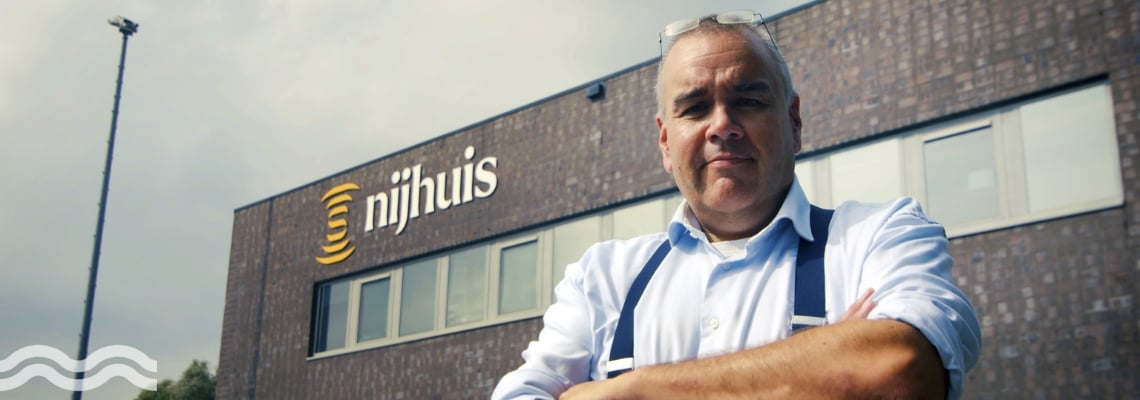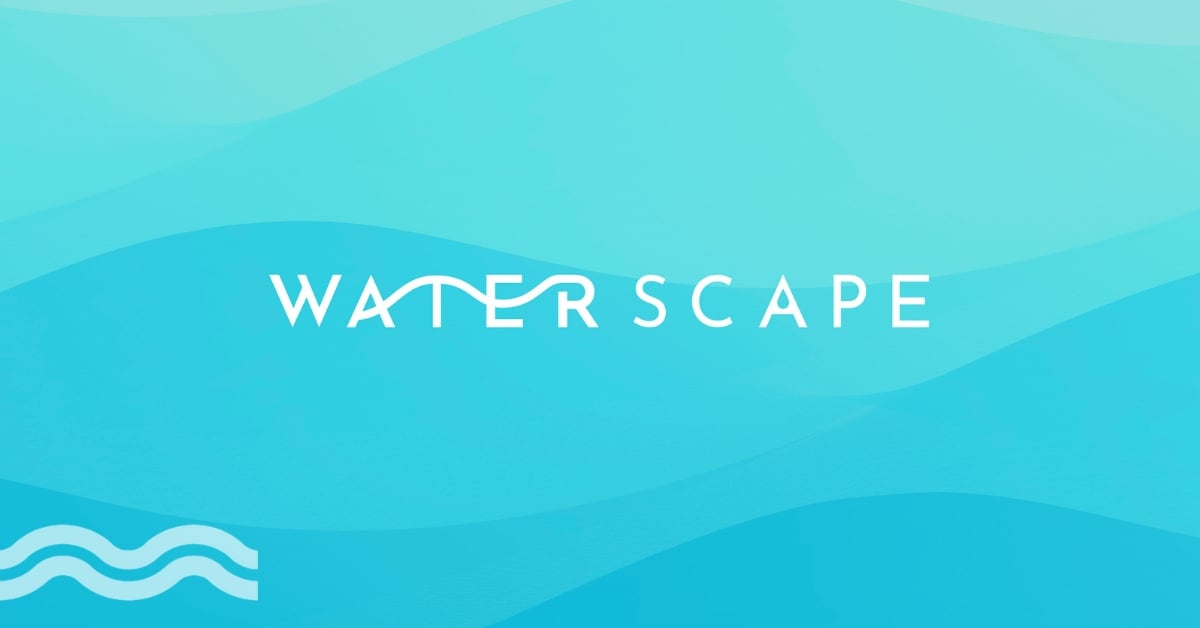VIEWPOINT: Menno Holterman – exploring the true cost of water

A major challenge we need to overcome is the undervaluing of water; water should be perceived as the new ‘gold’, writes Menno Holterman. He takes a deep dive into the adaptation and implementation of game-changing innovations to ensure that water is valued as a revitalising force.
Social and business case for water
During the last Global Water Summit in Berlin, it was concluded that for adaptation, there’s no business case without bringing the social and environmental impact into the equation. Nowadays, we would need almost two planets to sustain our current way of life and economic systems. A ‘regenerative infrastructure’ needs to come into place.
This process of renewal, restoration, and tissue growth makes genomes, cells, organisms, and ecosystems resilient to natural fluctuations (or events that cause disturbance or damage) which will assist us to stop depleting our natural resources.
Another challenge we need to overcome is the undervaluing of water; water should be perceived as the new ‘gold’. Water is even more valuable; we can live without gold, but not without water. The true value of water, the blue ‘gold’.
Take for example the business case for reuse. There’s no business case unless the cost to stop/restart production - including impact on brand loyalty - is considering the true cost of water. Hence, in areas where water scarcity is a license to operate, clients have no other choice but to save and reuse water as much as possible.
Deploying water reuse solutions
At Nijhuis Saur Industries, we have put game-changing water reuse solutions into operation at Cedrob S.A. and L’Oréal in Poland, which are recognised by the industry with important awards. At Cedrob S.A. a smart combination of sand filter, ultrafiltration, reverse osmosis and disinfection expands the clients operations, while minimising the impact on the environment and reusing 5,000 m3/day wastewater as drinking water.
L’Oréal’s Warsaw site has slashed its water consumption by 50 per cent by reusing approximately 75,000 5,000 m3/day of water annually. To achieve this, an array of processes is employed, including flocculation and flotation, a membrane bioreactor, sludge treatment and a reverse osmosis system. The produced clean water is reused for co-production processes.
We see now that the reuse of water is impacting traditional treatment processes, especially as the industry is pushing for biodegradable consumer products. Think about the use of water chemistry and discharge of sludge.
Reducing micropollutants
Another example is the reduction of micropollutants. In the whole supply chain, for example, medicines - strategies are implemented to reduce, or even avoid discharge as much as possible. But there’s still a portion which slips through the treatment plant and ends up in the environment. With the critical combination of drought and micropollutants, our water still struggles to be kept clean enough.
To illustrate the urgent need, the Dutch water authority, Hoogheemraadschap De Stichtse Rijnlanden (HDSR), selected ozone technology to break down micropollutants at sewage treatment. This was not only because of its proven and effective process to break down organic micropollutants in wastewater (such as endocrine-disrupting compounds and antibiotics), but also because of the energy consumption, limited use of scarce raw materials, and lifecycle cost.
The compact and modular designed installation is built to treat a maximum of 870 m3/ hour of wastewater. The plant is now up and running and presents a great example of how micropollutants removal solutions are being put in place.
Resource recovery and the circular economy
Furthermore, circular economy examples, such as the recovery of ammonia, are a two-way street. Instead of traditionally blowing removed nitrogen in the air with biological treatment, recovering it as a valuable liquid resource opens a new market for green organic fertilizers. In addition, these green organic fertiliSers can replace the production of chemical fertiliSers, which still use a lot of (fossil fuel) energy and produce a tremendous amount of CO2.
Projects such as the ‘Green Mineral Mining Centre’ or pilot projects running at Dutch sewage treatment plants are important steps to open the market for green organic fertilizers recovered from waste and wastewater. For example, recovered ammonia water from a sewage treatment plant (recovered with a stripping-scrubber system) can be a suitable circular product to clean the flue gases from a nearby waste treatment facility. This avoids the purchase of ammonia water from CO2-intensive processes and avoids the transport of ammonia water from a long distance to the facility.
Lastly, a stripping installation (Byosis ByoFlex) for a sewage water treatment plant in Germany reduces the nitrogen load of the biological treatment, while also creating a valuable circular process. The recovered nitrogen is, as ammonium sulphate, reused by the farmers as a fertilizer. This provides a green, renewable fertilizer and has led to a significant reduction of the use of artificial fertilizers on the island. We believe that the idea to seek if critical resources can be provided from the local area perfectly fits with the circular economy concept and #MissionWater.
Supportive legislation
The process of adapting and implementing innovative applications goes hand-in-hand with the support of legislation. Full recycling and recovery will only be implemented if the legislation is supportive, and the aftermarket is developed as a service. For example, legislation can include provisions that encourage water efficiency and conservation practices. Also, encouraging integrated water management considers the entire water cycle. And, with a potential future legal ‘obligation’ to extract and reuse nutrients from wastewater (if present in the water), such as phosphorus and nitrogen, we can all work towards a regenerative infrastructure.
Last but not least, there’s one important matter that we would like to add: embracing digital solutions to facilitate regeneration and optimise reuse. More about digital solutions in our next ‘Masters of Water’ blog.
- Menno Holterman is the CEO of Nijhuis Saur Industries.


